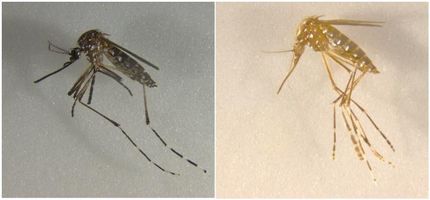Gene Editing Tools Gain an Uptick in Sales With Emphasis on Rare Genetic Disorder Management
Advertisement
According to latest research by FMI, the global gene editing tools market is estimated to have accounted for more than US$ 258 Mn in terms of value in 2018. The report on the gene editing tools market further projects that the gene editing tools market is likely to grow at a CAGR of over 18% during the period 2019-2029.
The Clustered Regularly Interspaced Short Palindromic Repeats (CRISPR/Cas9) segment is a leading segment in terms of revenue by product type in the gene editing tools market, and accounted for an approximate revenue share of 75% in 2018. CRISPR/Cas9 gene editing tools are most widely used by scientists to create transgenic animals that include zebrafish, pigs, mice, rats, and primates. Among all the distribution channels in the gene editing tools market, the academic and research institutes segment is expected to be most prominent segment, followed by biotech and pharmaceutical companies.
Prevalence of Cancers and Rare Genetic Diseases Establish a Strong Base for Innovation of Gene Editing Tools
The rising prevalence of cancer and other genetic disorders, such as sickle cell disease, heart disease, diabetes, Alzheimer's disease, obesity, and others, is among the key factors impacting the growth of gene editing tools market. Cancer is registered to be the second most prominent cause of death worldwide. According to the World Health Organization (WHO), the number of deaths due to cancer worldwide in 2015 was 8.8 million. However, cancer alone was responsible for an estimated 9.6 million deaths globally in 2018.
Worldwide, approximately about 1 in 6 deaths occur owing to cancer. An analysis states that approximately 70% of deaths due to cancer occur in low- and middle-income countries. Thus, gene editing is most preferred for the management of rare genetic disorders, which is driving the demand for gene editing, thus generating a favourable revenue opportunity for gene editing tools.
The growing prevalence and incidence of rare genetic disorders, majorly Sickle Cell Disease (SKD), cancer, and Alzheimer's disease, is leading to the high demand for genome editing, and is one of the leading factors that is contributing significantly to the growth of the gene editing tools market. Moreover, gene editing tools, such as CRISPR, TALENs, and ZFNs, find precise applications in the treatment of cancer. Owing to the high efficiency and accuracy of the CRISPR-Cas9 gene editing technique, it has emerged as a potential tool for cancer therapy. Among its various applications, CRISPR-Cas9 has a high clinical potential to detect novel target genes for cancer therapy.


























































